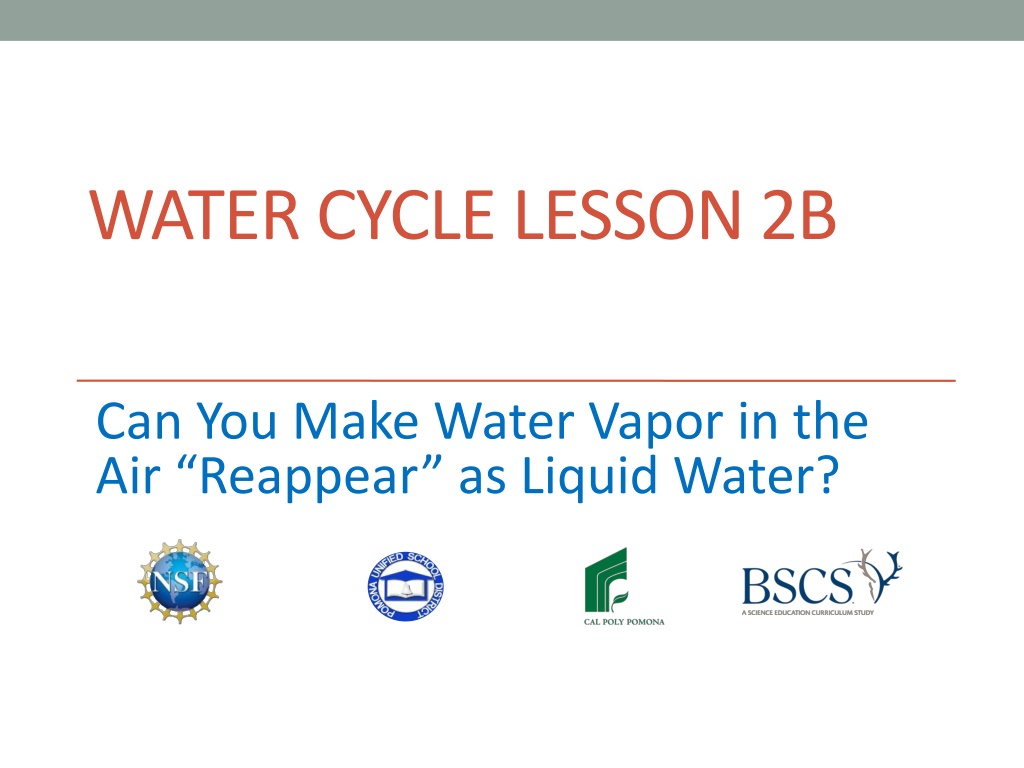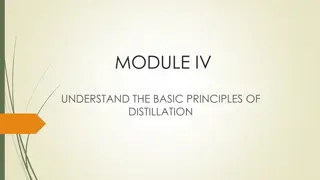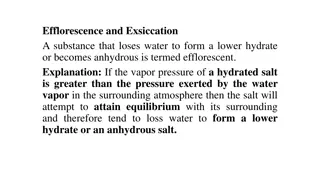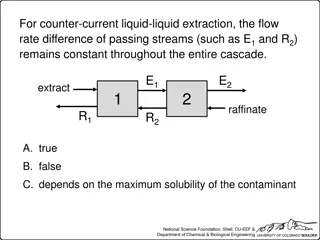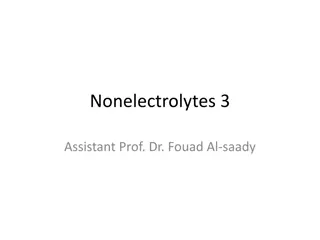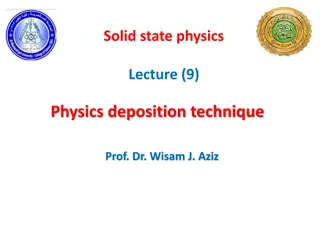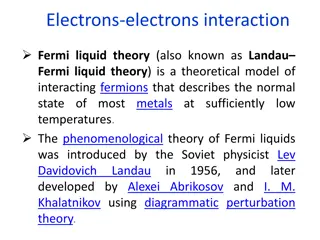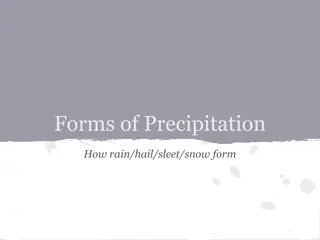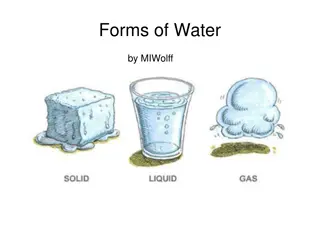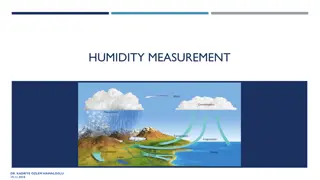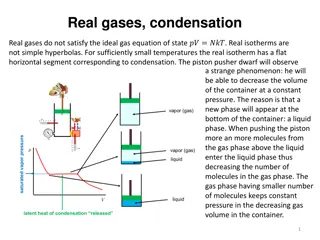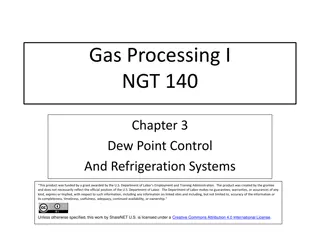Water Vapor to Liquid Water Transformation
Delve into the intriguing journey of water, exploring how vapor in the air transitions back to liquid form. Discover key scientific concepts and engage in discussions about water's transformative cycle.
Download Presentation

Please find below an Image/Link to download the presentation.
The content on the website is provided AS IS for your information and personal use only. It may not be sold, licensed, or shared on other websites without obtaining consent from the author.If you encounter any issues during the download, it is possible that the publisher has removed the file from their server.
You are allowed to download the files provided on this website for personal or commercial use, subject to the condition that they are used lawfully. All files are the property of their respective owners.
The content on the website is provided AS IS for your information and personal use only. It may not be sold, licensed, or shared on other websites without obtaining consent from the author.
E N D
Presentation Transcript
WATER CYCLE LESSON 2B Can You Make Water Vapor in the Air Reappear as Liquid Water?
Unit Central Questions How does water change in the world around us? Does Earth ever run out of water?
Review: Water Changes Photo courtesy of Pixabay.com
Todays Focus Question Can you make water vapor in the air reappear as liquid water? Explain your thinking. Photo courtesy of Pixabay.com
Our Claims and Evidence So Far Question: Why are water droplets forming on the outside of the cup of ice water? Listen to the claims and evidence others share: Do you agree/disagree? Why? Do you have evidence to support or challenge the claim you heard? Our goal: To agree on which claim has the strongest evidence
How Scientists Explain Water Changes 1. In the boiling-water experiment, water changed states from a liquid to a gas in a process called evaporation. Water vapor rose into the air, and we couldn t see it. 2. In the two-cups experiment, liquid-water droplets formed only on the ice-water cup. The air near that cup had less heat energy (was colder), so when water vapor in the air came close to the ice- water cup, it lost heat energy (cooled) and formed droplets of liquid water in a process called condensation.
A Diagram Showing Condensation Turn and Talk:Let s add condensation to our diagram of evaporation from lesson 1. Talk with a partner about how to do this.
Key Science Ideas Gas (or water vapor) in the air changes to liquid water when the water vapor loses heat energy (cools). This process is called condensation.
Write a Scientific Explanation Why are water droplets forming on the outside of the cup of ice water? A Scientific Explanation Claim What It Means Sentence Starters Your answer to the question Our claim is Evidence What you observed that supports your claim Our evidence is Reasoning How science ideas support your claim and evidence Our claim and evidence make sense because (Use science ideas like heat energy and condensation.)
Todays Focus Question Can you make water vapor in the air reappear as liquid water? Explain your thinking. Think time: Using the science ideas you ve learned, answer this question in a complete sentence. Sentence starter: Water vapor in the air can reappear as liquid water if Word bank: Evaporates/evaporation Condenses/condensation Gains heat energy/loses heat energy (cools)
Lets Summarize! Water can change from one form (state) to another in two ways: 1. It can change from a liquid to a gas (water vapor) through evaporation. 2. It can change from water vapor (gas) back into a liquid through condensation.
Next Time In this unit, we ve seen that water can change states by gaining or losing heat energy. But How does gaining or losing heat energy make water change states? Why is water sometimes a liquid, sometimes a solid, and sometimes a gas? That s what we ll explore next!
